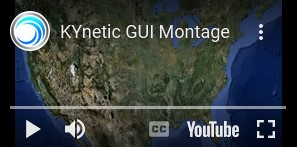We’re updating our FAQs! Please find them HERE temporarily.
Phone: (469) 250-1362 | Email: [email protected]
We Are Available
Technical support for our software is free. Software developers and engineers are the experts who make up the KYPipe Technical Support team. Unlike many of our competitors, technical support for our users is provided at no additional cost. You may contact any one of a number of software developers and engineers with your questions about using the KYPipe suite of models.
HOURS – various team members cover these hours
Monday - Friday | 7 AM - 7 PM
Saturday | Closed
Sunday | Closed
Email and contact form 24/7 at - kypipe.com
Monday - Friday | 7 AM - 7 PM
Saturday | Closed
Sunday | Closed
Email and contact form 24/7 at - kypipe.com
PHONE
(469) 250-1362
LOCATION
710 Toms Creek Road
Cary, NC 27519-1581
(469) 250-1362
LOCATION
710 Toms Creek Road
Cary, NC 27519-1581



